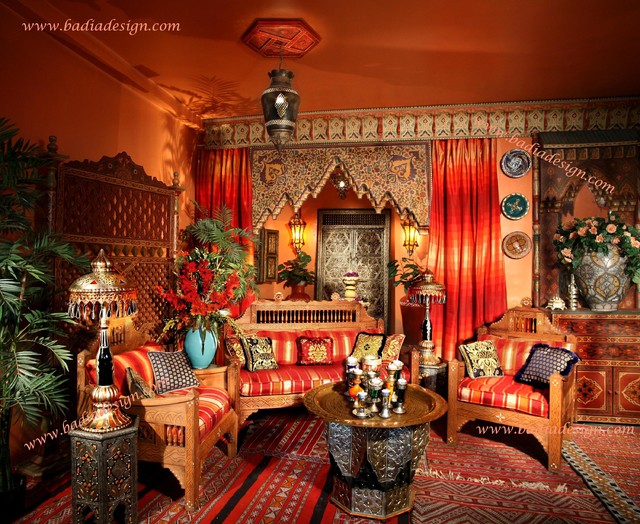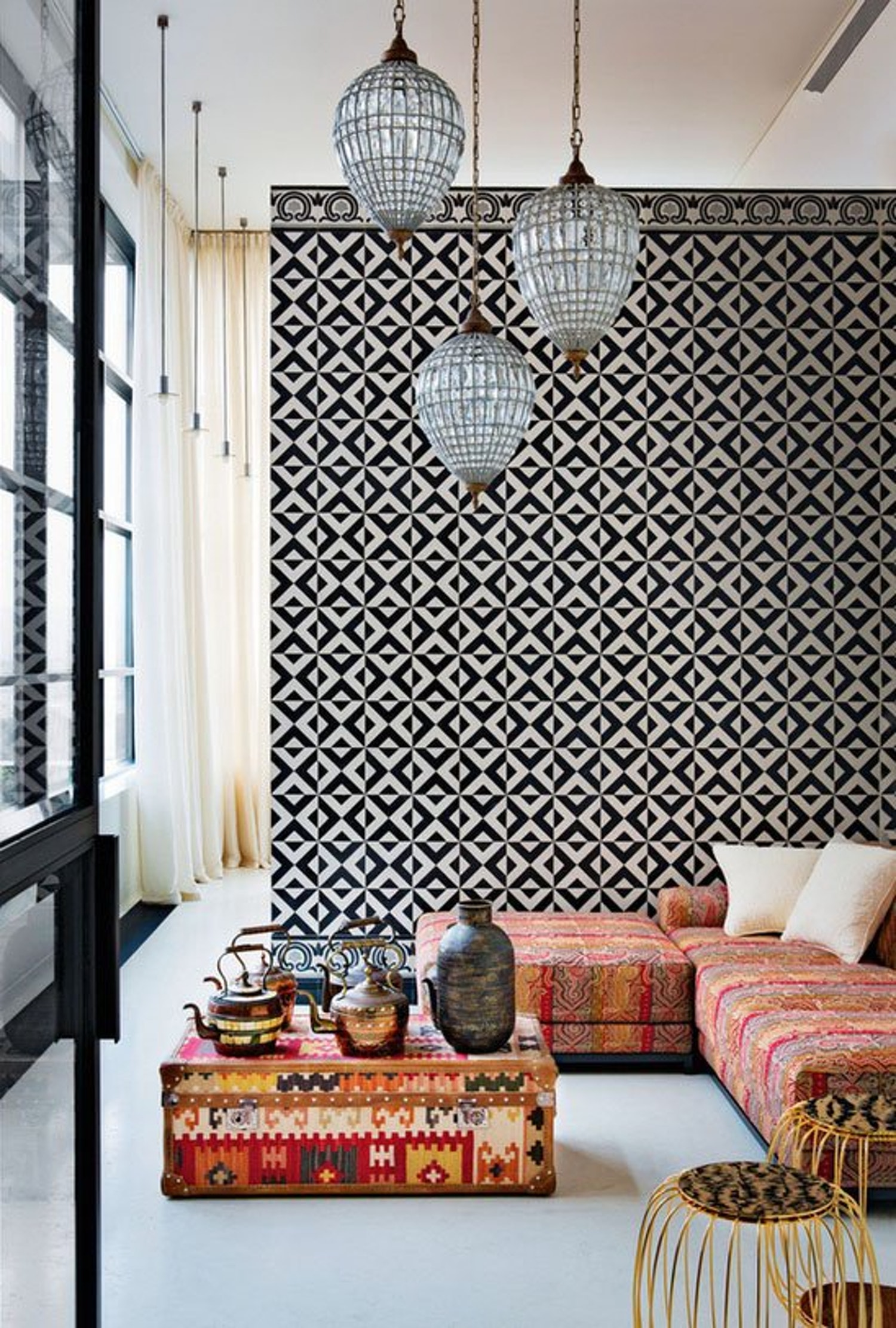Welcome to the vibrant world of Moroccan home decor! If you’re looking to infuse your space with warmth, color, and culture, you’ve come to the right place. As someone who has spent years exploring the intricate designs and styles of Morocco, I’m excited to share my personal experiences and tips to help you create an enchanting Moroccan-inspired home. In this comprehensive guide, we will delve into the rich history, essential elements, practical tips, and the spirit of Moroccan decor.
The Essence of Moroccan Home Decor
Moroccan decor is a mesmerizing blend of tradition, artistry, and modern design influences. Characterized by its rich textures, vibrant colors, and intricate patterns, Moroccan decor reflects the diverse cultural influences of the region. Let’s take a closer look at some key elements that define Moroccan home decor.
Key Elements of Moroccan Decor
- Color Palette: The colors in Moroccan decor are typically warm and vibrant, including shades of red, orange, blue, and gold.
- Patterns: Intricate geometric patterns, arabesques, and mosaics are signature features.
- Textures: The use of rich textiles, such as silk and wool, adds depth and warmth to spaces.
- Lighting: Lanterns and low lighting create an intimate and cozy ambiance.
- Furniture: Low seating, carved wooden pieces, and poufs are common.
A Brief History of Moroccan Decor
Understanding the history behind Moroccan decor can enhance your appreciation for its beauty and significance. Moroccan design has been influenced by various civilizations, including the Berbers, Arabs, and French. This blend of cultures is reflected in the architecture, art, and decor of Moroccan homes, showcasing a rich narrative that continues to evolve.

The Influence of Islamic Art
Islamic art has played a pivotal role in shaping Moroccan decor. This style emphasizes intricate detail and craftsmanship, often featuring geometric patterns and elaborate stucco work. Moroccan artisans have mastered the art of zellij (colorful mosaic tiles), which adorns many public and private spaces throughout Morocco.

Traditional vs. Modern Moroccan Decor
| Traditional Moroccan Decor | Modern Moroccan Decor |
|---|---|
| Use of antique furniture and heirlooms | Sleek lines and minimalist designs |
| Natural materials like wood and leather | Incorporation of contemporary materials such as metal and glass |
| Rich, deep colors | Soft pastels and neutral palettes |
| Layered fabrics and textiles | Mix of textures with clean arrangements |

Essential Elements of Moroccan Home Decor
Color Schemes for Moroccan Home Decor

The color scheme you choose can dramatically affect the feel of your home. Here’s a breakdown of popular Moroccan color palettes:
- Warm Earth Tones: Terracotta, burnt orange, and deep reds evoke the Moroccan landscape.
- Bold Jewel Tones: Emerald green, sapphire blue, and ruby red create a sense of luxury.
- Neutral Backgrounds: Whites, creams, and soft beiges provide a modern twist while showcasing Moroccan features.

Textiles and Fabrics
Textiles play a crucial role in Moroccan decor, adding warmth and comfort to any space. Here are some key types of Moroccan textiles:

1. Rugs
Moroccan rugs, especially Beni Ourain and Azilal, are made from wool and often boast unique patterns. They are known for their durability and comfort, making them ideal for both living rooms and bedrooms.
2. Cushions and Poufs
Cushions and poufs are great for adding a touch of Moroccan flair. Consider vibrant colors and intricate designs to create a cozy atmosphere.
3. Curtains and Throws
Lightweight, flowing fabrics can add an ethereal quality to your decor. Look for options with bold patterns or metallic thread for added shimmer.
Furniture Styles
When selecting furniture for your Moroccan-inspired home, consider the following:
- Low Seating: Floor cushions and low couches encourage relaxation and conversation.
- Carved Wood Pieces: Look for intricately carved tables or cabinets that speak to traditional craftsmanship.
- Mix and Match: Don’t hesitate to combine contemporary and traditional pieces for a layered look.
Creating a Moroccan-Inspired Living Space
Now that you understand the core elements, let’s explore how to create a cohesive Moroccan-inspired living space.
Step 1: Start with a Neutral Base
Begin by painting your walls in soft, neutral tones. This will allow your decor elements to stand out without overwhelming the space.
Step 2: Add Statement Furniture
Incorporate a few statement pieces, such as a carved coffee table or a stunning area rug. These will serve as focal points in your room.
Step 3: Layer Textiles
Use a variety of fabrics—from rugs and cushions to throws and curtains—to create a warm and inviting atmosphere.
Step 4: Incorporate Lighting
Choose low-hanging lanterns or decorative floor lamps to set the mood. Soft, dim lighting can create a peaceful, intimate environment.
Step 5: Accessorize Thoughtfully
Finish your decor with carefully chosen accessories, such as ceramic pottery, mirrors with intricate frames, and wall art reflecting Moroccan designs.
Moroccan Decor for Different Spaces
Living Room
Incorporating Moroccan decor into your living room can be an exciting project!
- Focus on seating: Low seating options such as poufs and floor cushions will create a welcoming atmosphere.
- Use a statement rug: A large Moroccan rug can anchor your space while adding warmth and texture.
- Artful accessories: Incorporate Moroccan lanterns, ceramics, and textiles for a layered look.
Bedroom
Transform your bedroom into a serene Moroccan retreat by considering:
- Textiles: Use rich, layered bedding and colorful cushions.
- Lighting: Hang a Moroccan lantern above the bed for enchanting lighting.
- Decorative accents: Use wall art, mirrors, and bedside tables with intricate designs.
Kitchen
Add a touch of Moroccan charm to your kitchen:
- Mosaic tiles: Consider adding a backsplash of colorful Moroccan tiles.
- Earthenware: Display Moroccan ceramics for both functional and decorative use.
- Textiles: Bright dish towels or decorative runners can add color.
Pros and Cons of Moroccan Home Decor
Pros
- Rich cultural heritage adds depth to home design.
- Vibrant colors and patterns can uplift any space.
- Versatile styles that can suit various tastes and preferences.
- Variety of textures creates a warm and inviting atmosphere.
Cons
- Can become visually overwhelming if not carefully curated.
- Some traditional pieces may be costly due to craftsmanship.
- Maintenance of textiles can be challenging.
Frequently Asked Questions (FAQs)
What are the main characteristics of Moroccan home decor?
Moroccan home decor is characterized by vibrant colors, intricate patterns, rich textures, and a mix of traditional and modern elements. The use of natural materials and artisanal craftsmanship also play a crucial role.
How can I incorporate Moroccan decor in a small space?
In a small space, focus on a few statement pieces like a bold rug or vibrant art. Use mirrors to create the illusion of space and keep the color palette cohesive to avoid overwhelming the area.
Are Moroccan textiles easy to care for?
Care varies by textile. Wool rugs are relatively easy to maintain, while silk or delicate fabrics may require special cleaning methods. Always check care instructions before purchasing.
Can I mix Moroccan decor with other styles?
Absolutely! Moroccan decor can be beautifully mixed with modern, bohemian, or rustic styles. Just ensure that the color scheme and design elements complement each other for a harmonious look.
Conclusion: Embrace the Beauty of Moroccan Decor
Incorporating Moroccan home decor into your space is not just about aesthetics; it’s about creating an environment that reflects warmth, hospitality, and a love for culture. With the right balance of colors, textures, and elements, you can transform your home into a Moroccan oasis that inspires creativity and relaxation.
So go ahead, explore the world of Moroccan decor, and let your creativity soar! Whether it’s through a simple accent piece or an entire room makeover, the rich traditions and artistry of Morocco are waiting to be brought into your home.